Located between the Tam Dao range and the end of the two arcs of Ngan Son and Bac Son, Thai Nguyen has a transitional terrain from the mountains to the plains, like the gateway to the Viet Bac highlands. Thai Nguyen is not far from Hanoi, only more than 70km from the capital city center with the expressway shortening travel time, but the mysterious atmosphere of the forest road still covers this place. It seems that people still do not know about this semi-mountainous place, but only when you go there will you know how valuable that "unknown" is.
Thai Nguyen was the land of the Vietnamese people in prehistoric and early historical times, then became a prefecture during the Ly Dynasty, a town during the Tran Dynasty, and guarded the land surrounding the northern part of the capital Thang Long. Thai Nguyen province was established by King Minh Mang in 1831, becoming an important administrative and military center of the Nguyen Dynasty as well as the French colonial period. The influx of people from the lowlands to settle down and cultivate has created a unique agricultural area. The soil suitable for growing tea in Thai Nguyen city, Dong Hy, Dai Tu, Phu Luong districts... has created a tea land brand for the province. Almost every Vietnamese person knows the saying "Thai tea, Tuyen girls" with the meaning of praising the quality of Thai Nguyen tea and the beauty and diligence of the girls of neighboring Tuyen Quang province.
Thai Nguyen means a vast flat land, an ancient alluvial terrace with the Cau River originating from Bac Kan and flowing down the territory to Bac Ninh. But the most famous river is the Cong River, a tributary of the Cau River, originating from Dinh Hoa district, creating a branch containing the legend of love that overcomes the class gap between the shepherd boy Coc and the princess Cong, the daughter of a mandarin. The hands of modern humans have created the Nui Coc irrigation lake, one of the most famous tourist destinations in Thai Nguyen province.
A clear blue lake becomes spectacular when viewed from above, the jade green hills floating on the blue water, making room for the music of memories to resound: “The sun rises with a legendary blue color, listening to the old story of a young couple…” (Legend of Nui Coc Lake – Pho Duc Phuong).
Guarding the National Highway 3 that runs through the heart of the Viet Bac region, Thai Nguyen is where the historical events that shaped modern Vietnam took place. The Thai Nguyen uprising in 1917 with the names of Doi Can and Luong Ngoc Quyen marked the map of the national liberation movement of the 20th century. The forests of Thai Nguyen were the shelter of the main military groups fighting against Japan 80 years ago during the climax of the General Uprising in 1945, as well as the area of the Dinh Hoa Safe Zone, where the government of the Democratic Republic of Vietnam established the "windy capital" during most of the resistance war against the French (1947-1954).
Heritage Magazine


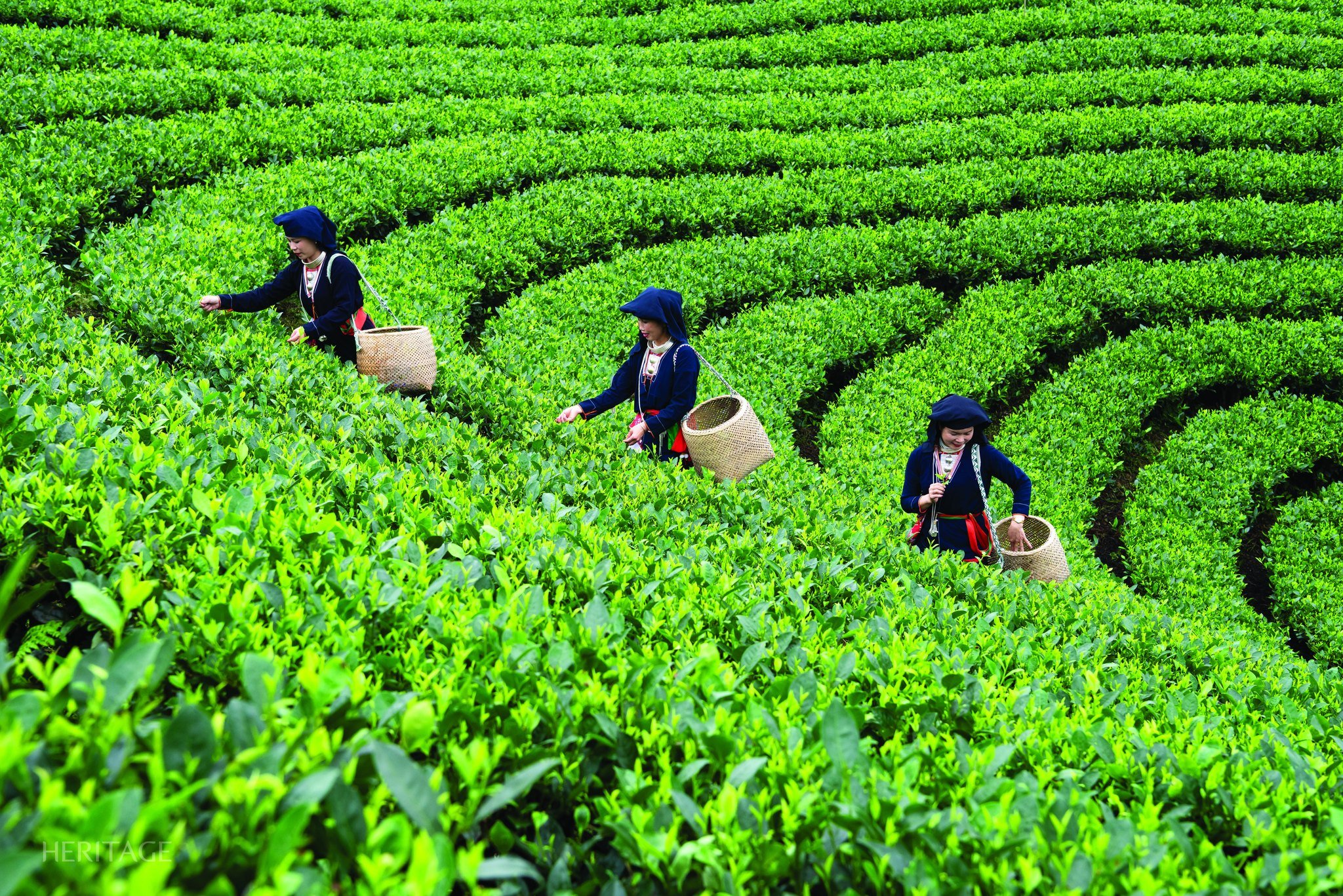
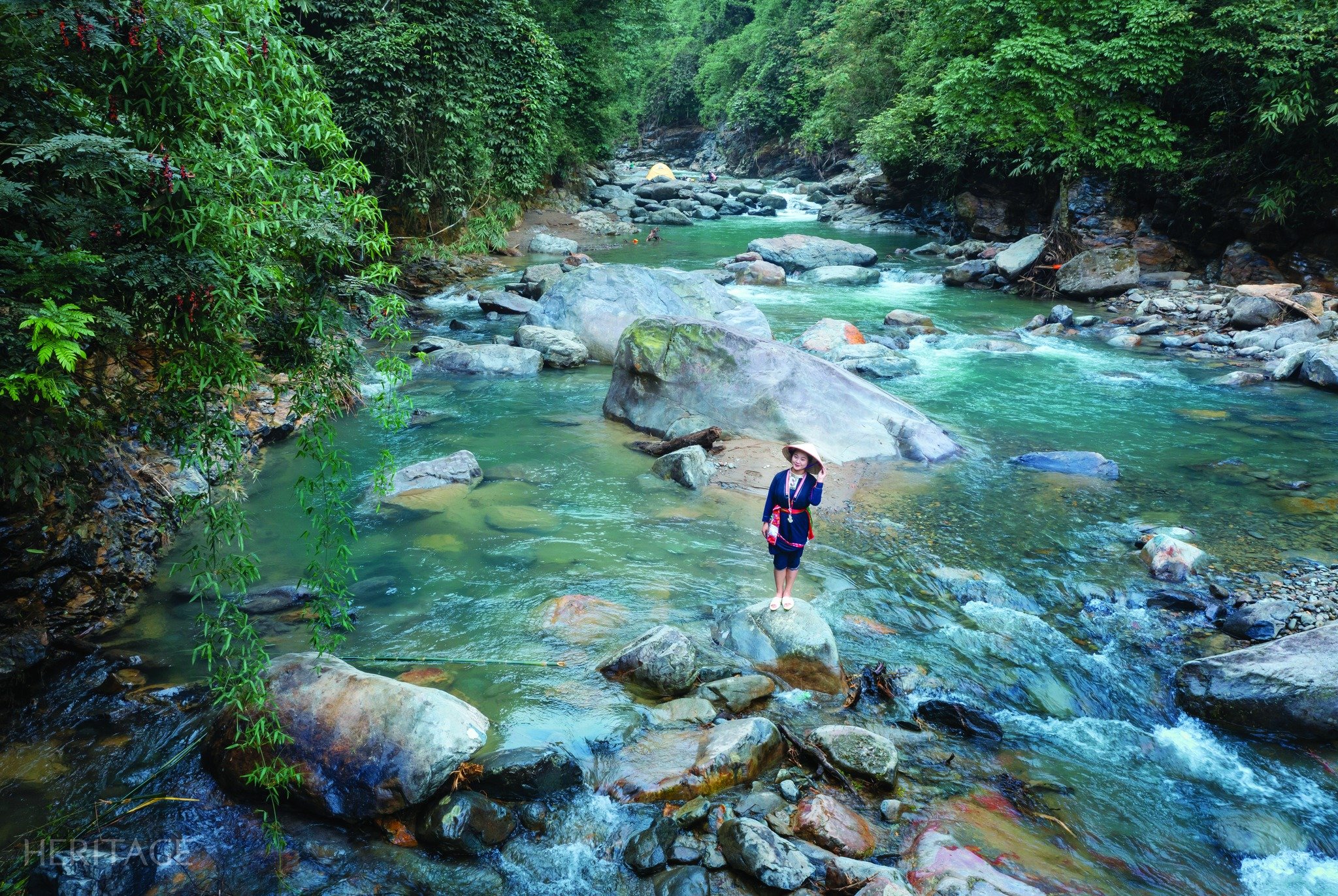
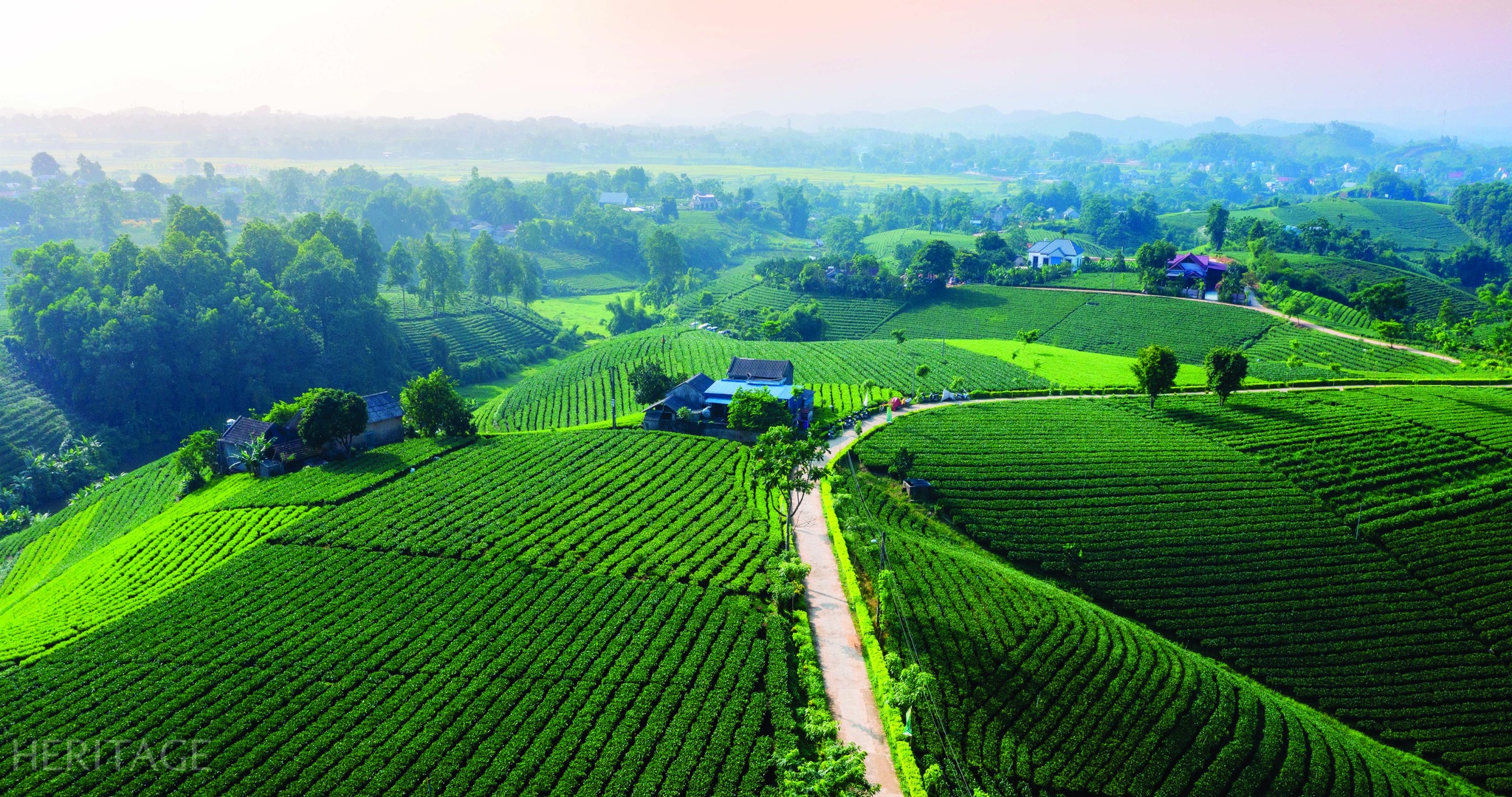
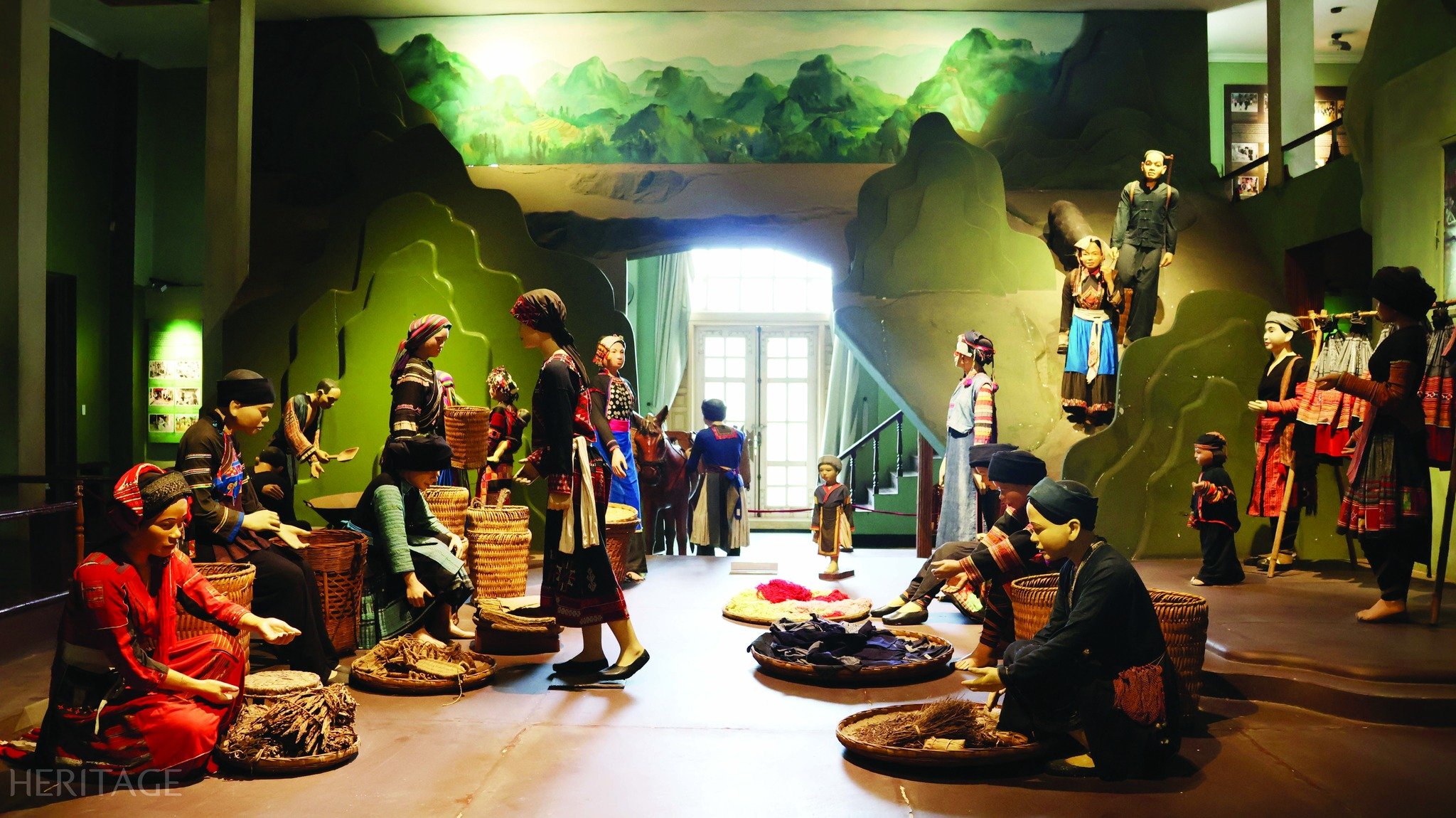

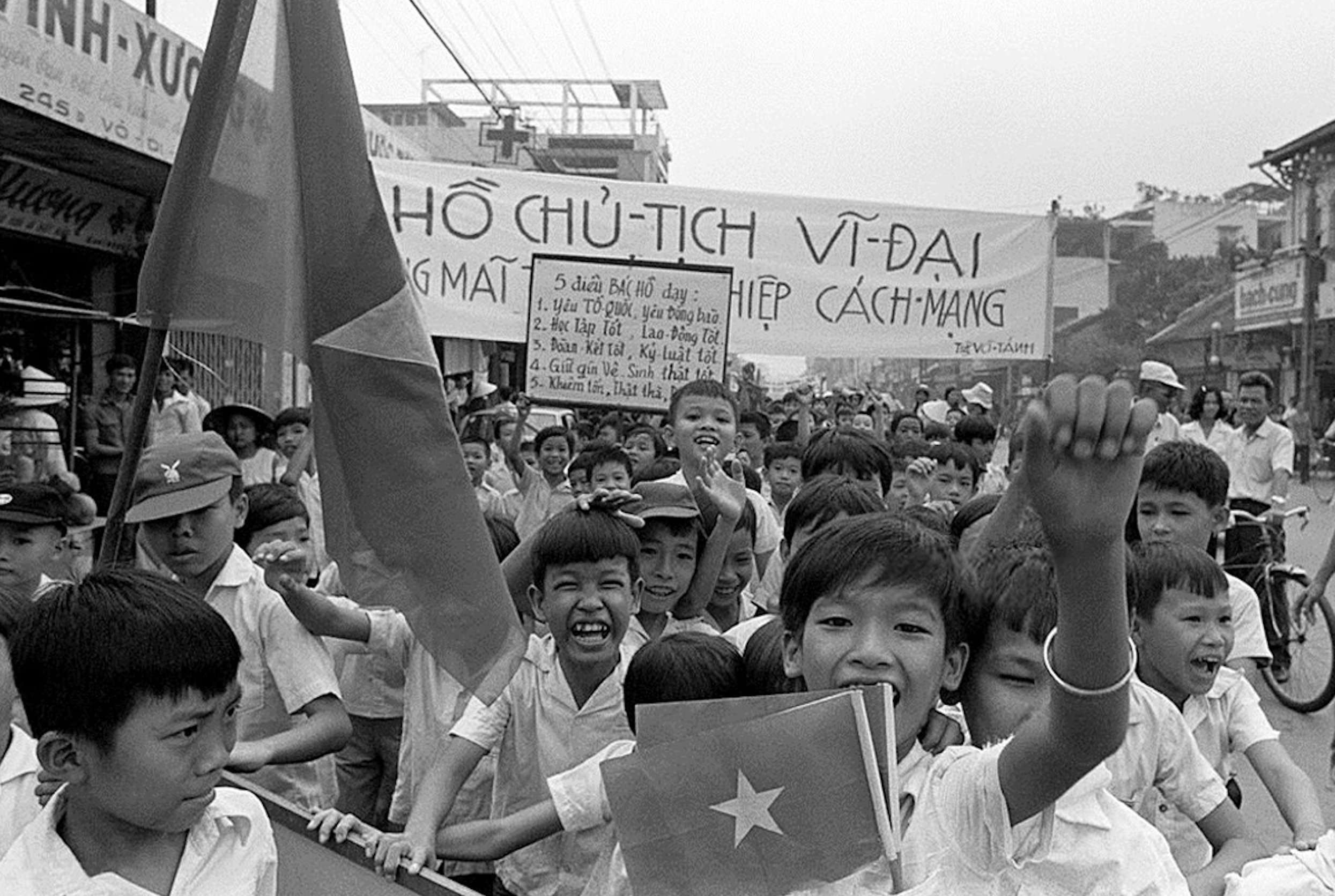

![[Photo] Visiting Cu Chi Tunnels - a heroic underground feat](https://vstatic.vietnam.vn/vietnam/resource/IMAGE/2025/4/8/06cb489403514b878768dd7262daba0b)
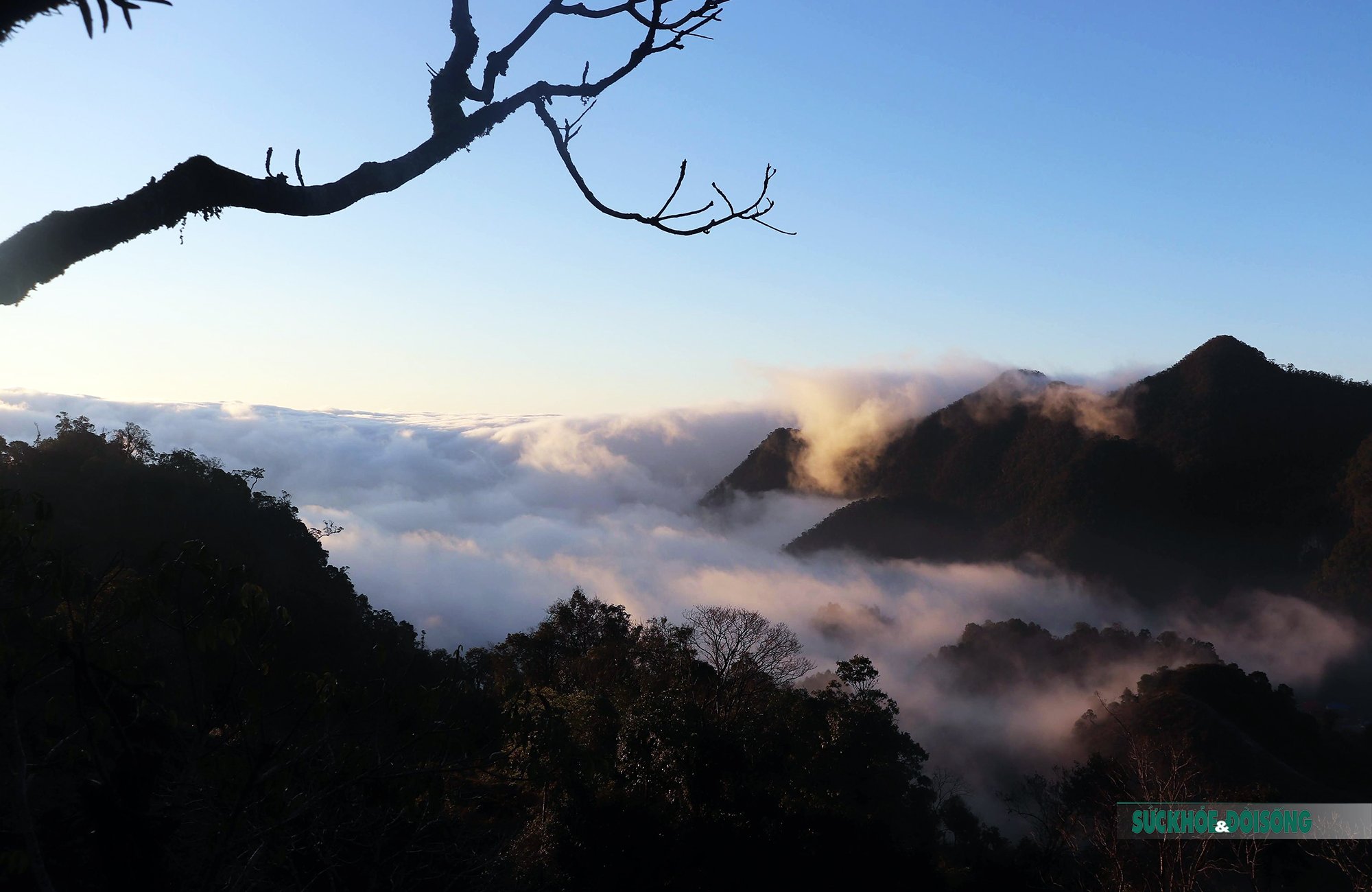
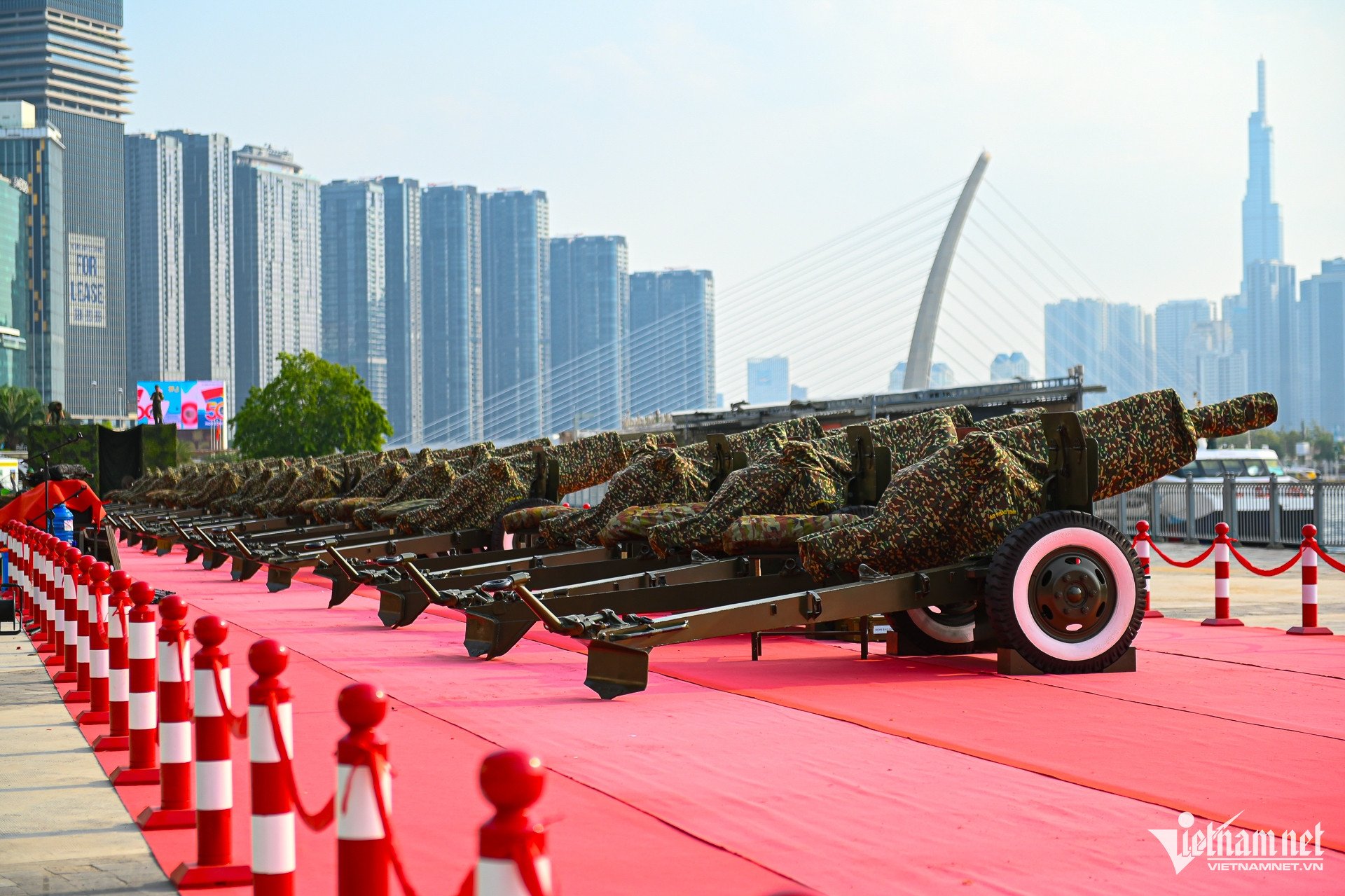




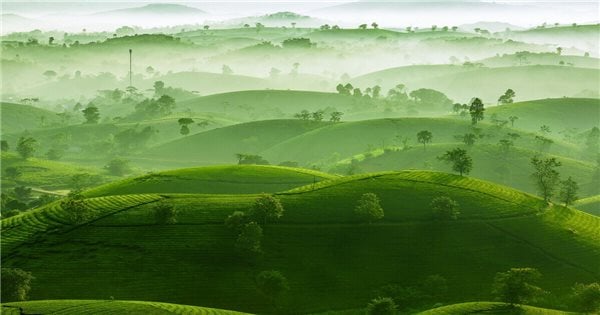
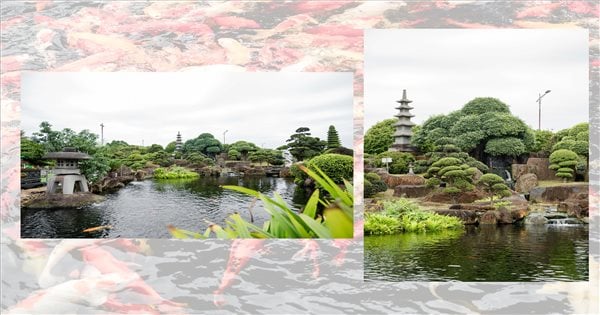

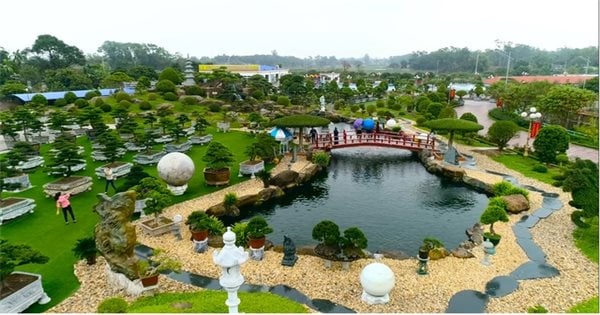
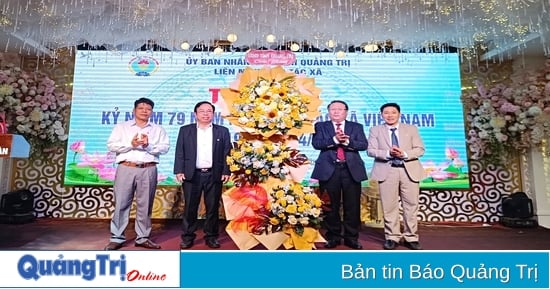

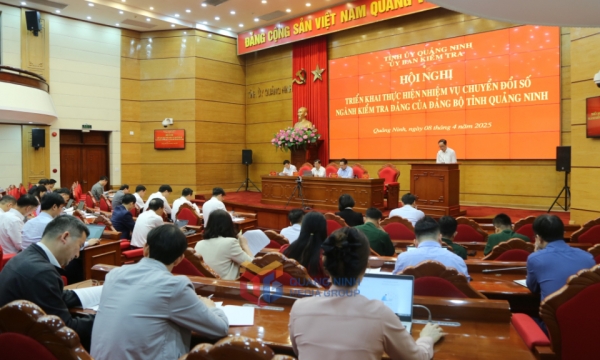
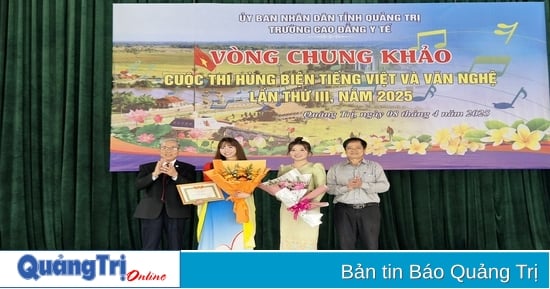

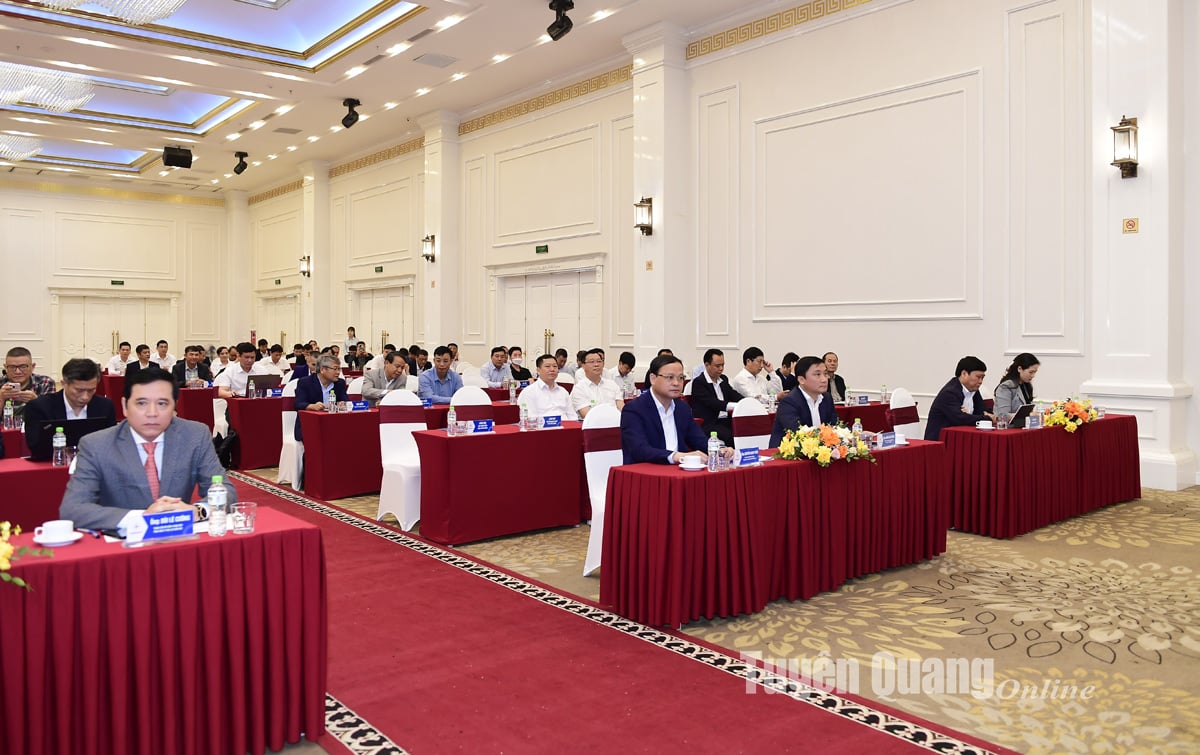

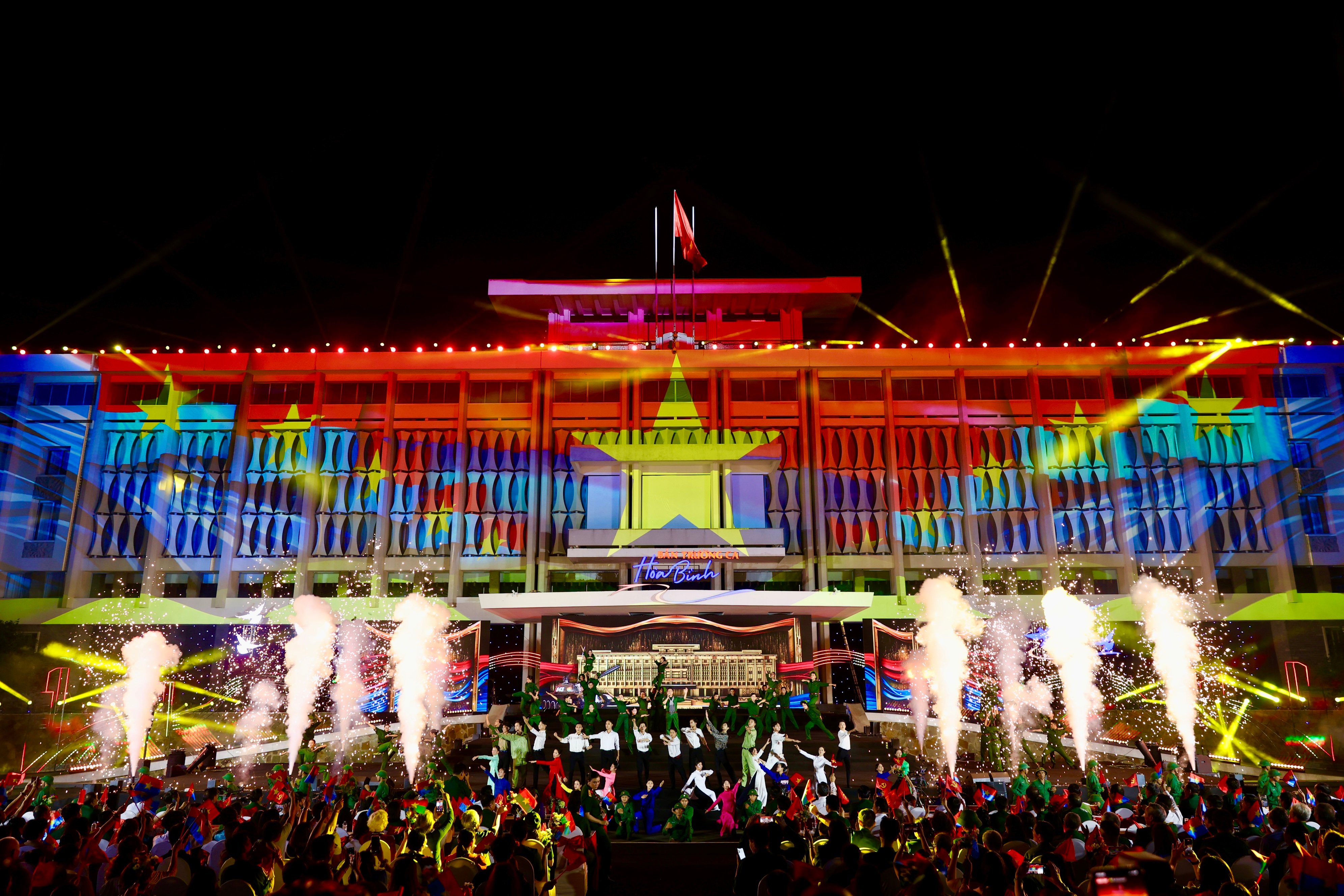

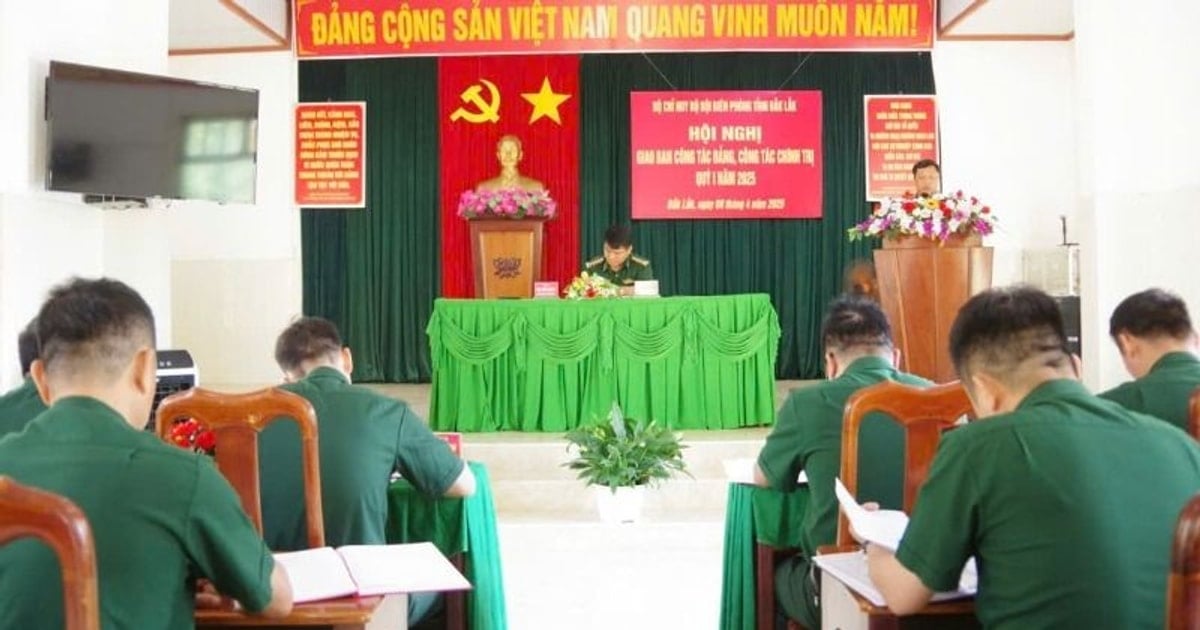


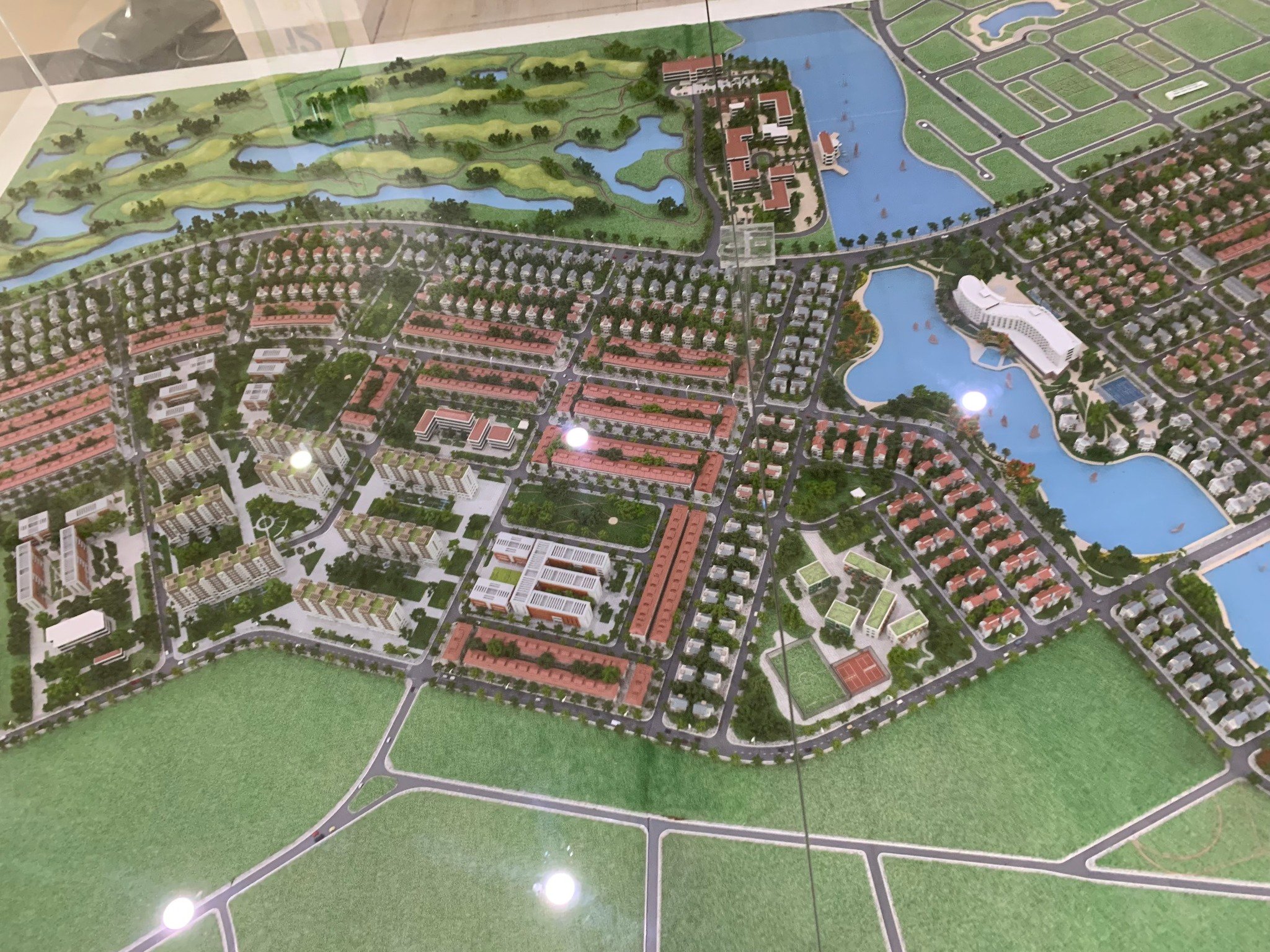
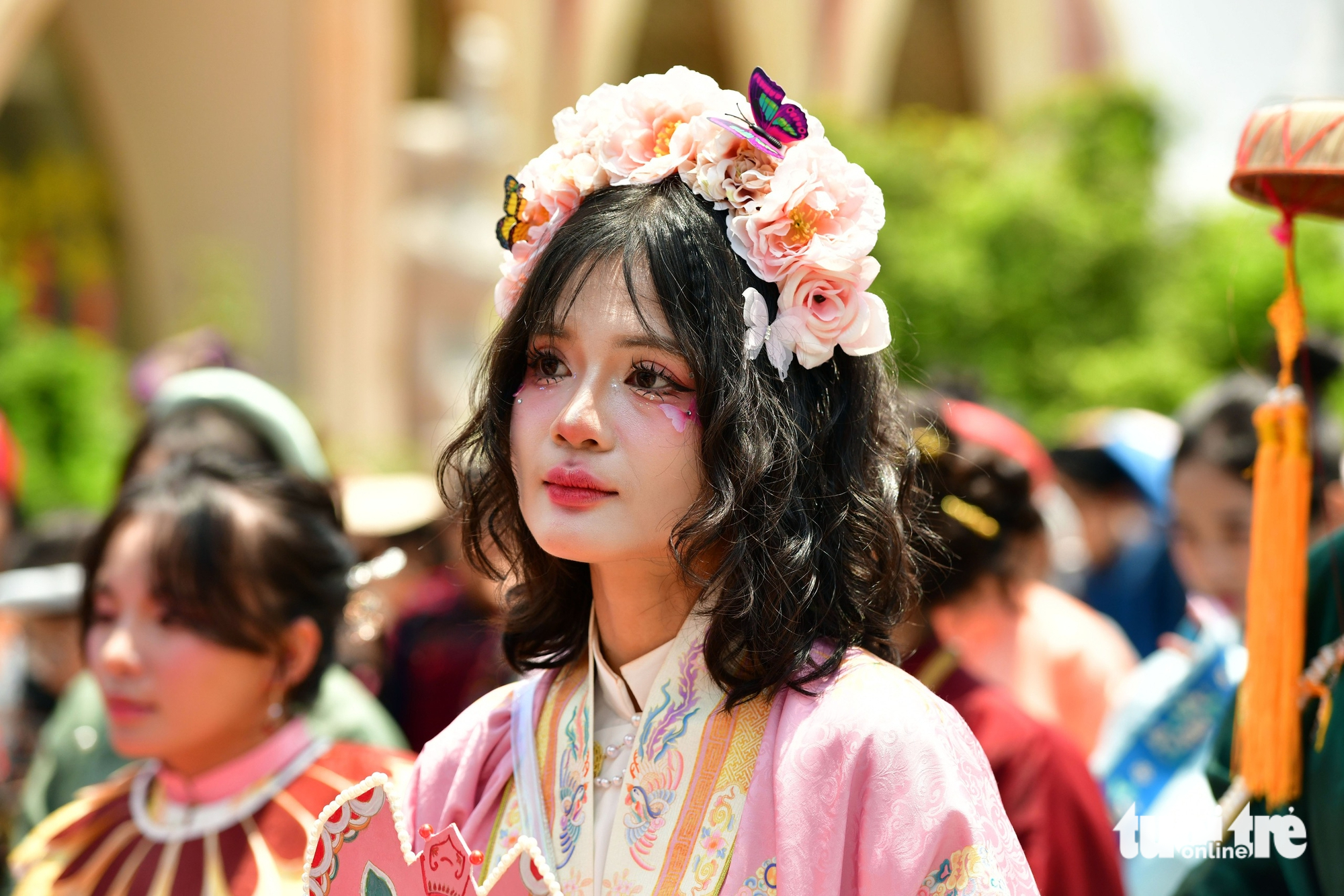
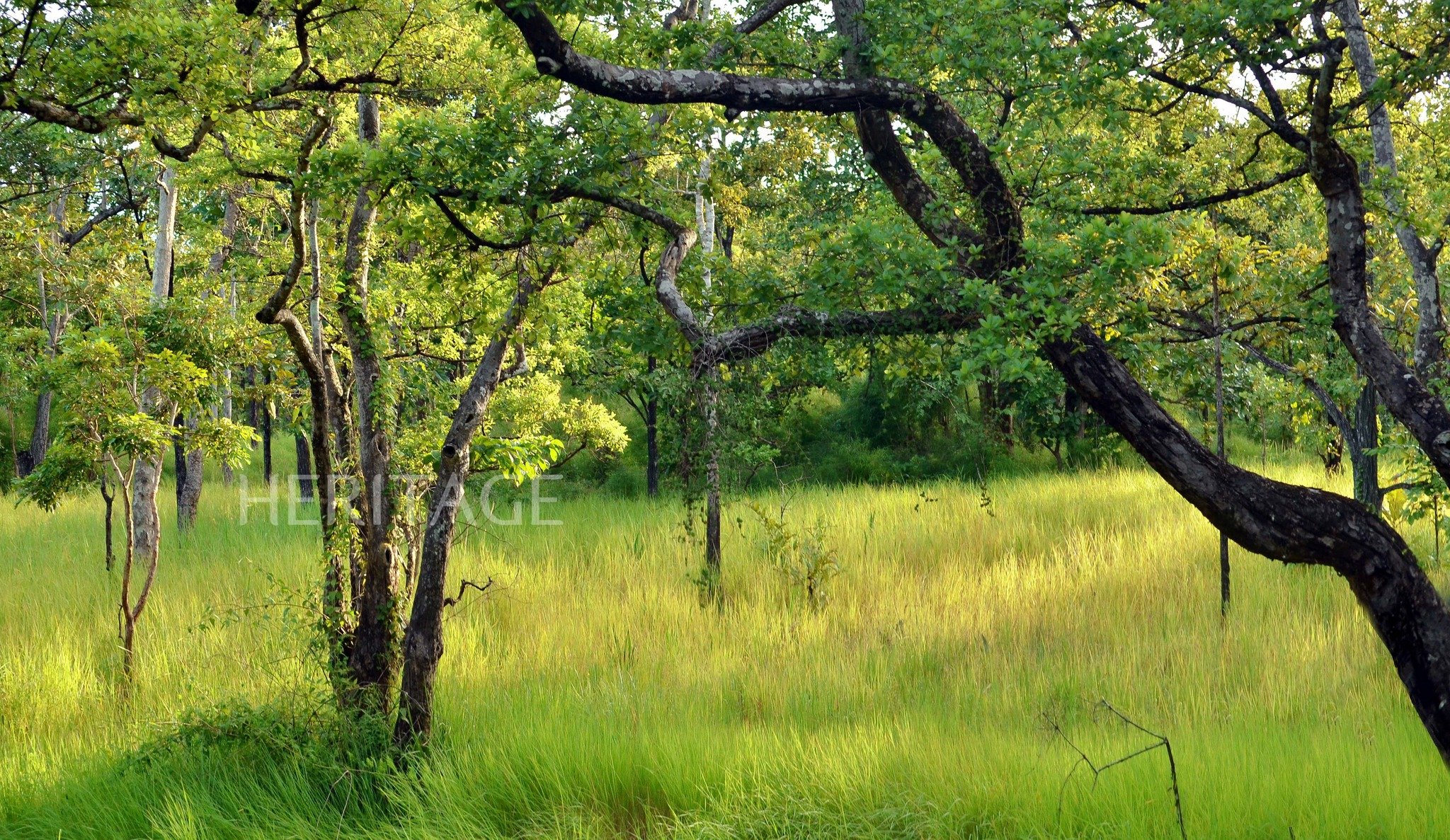
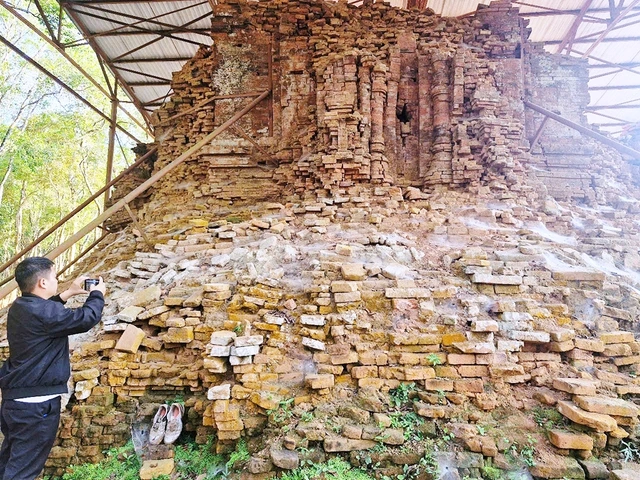

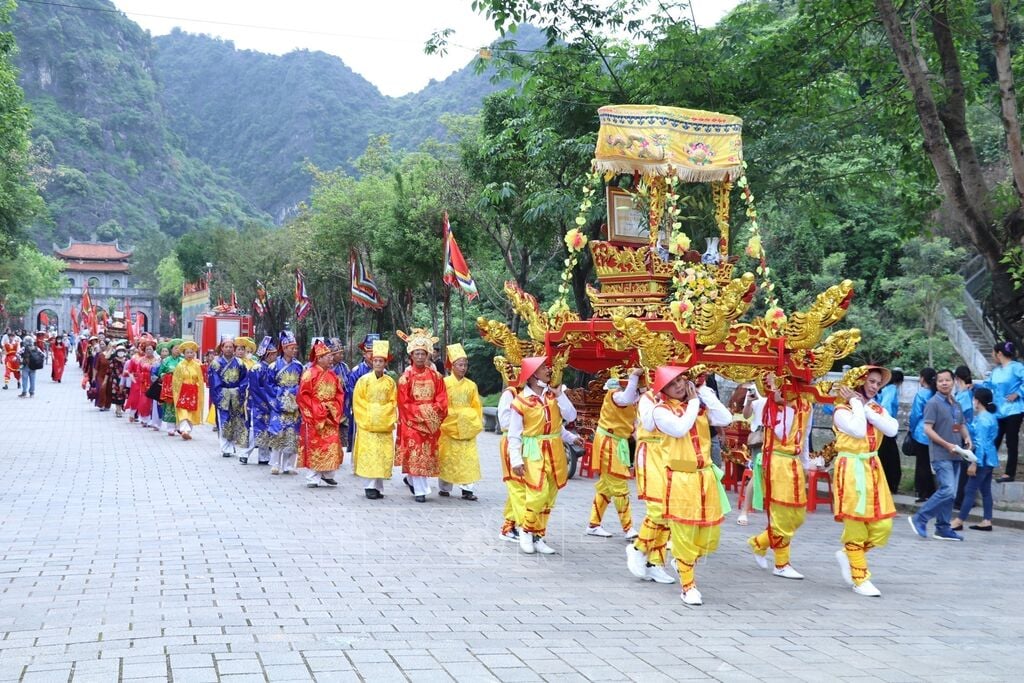

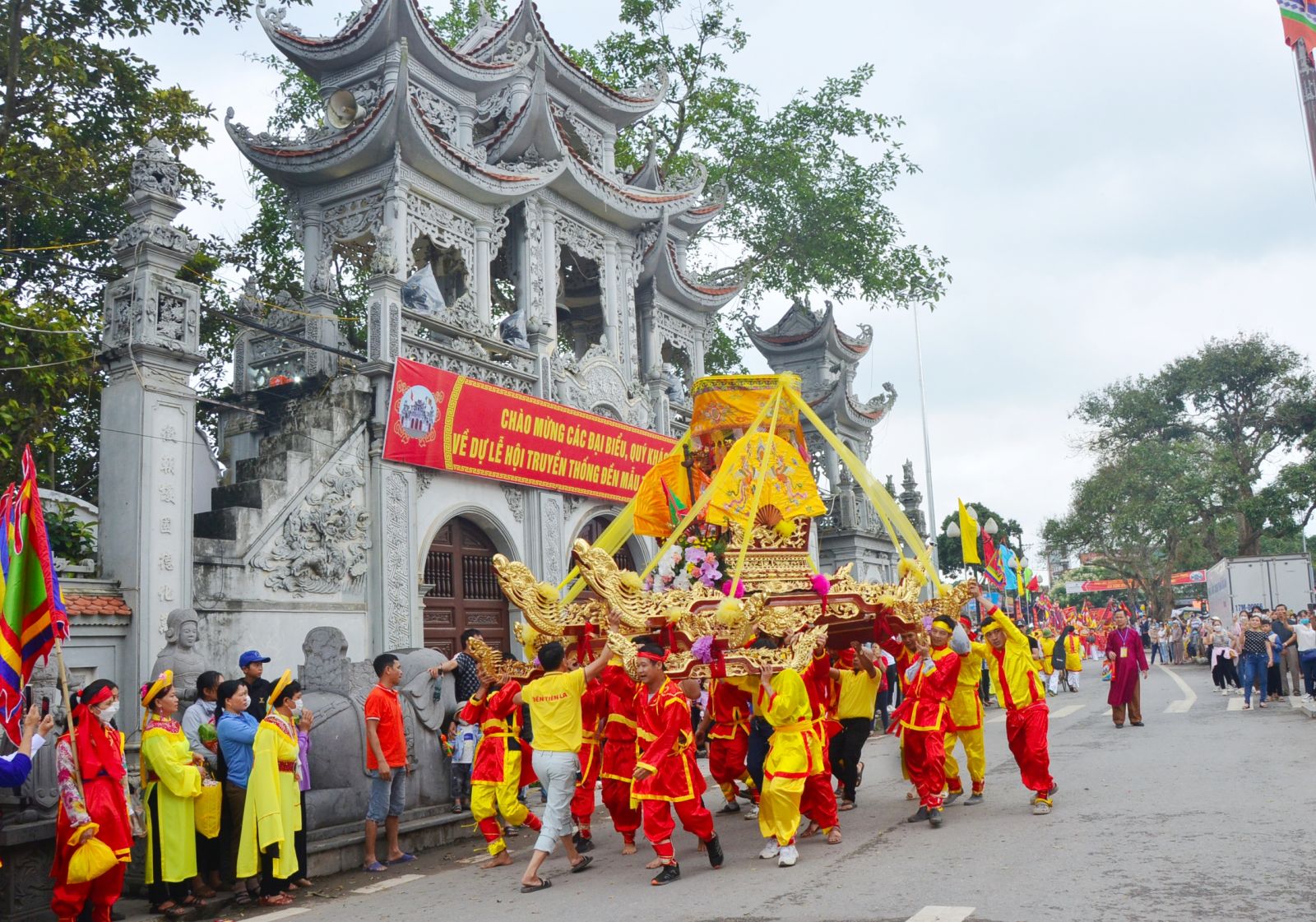

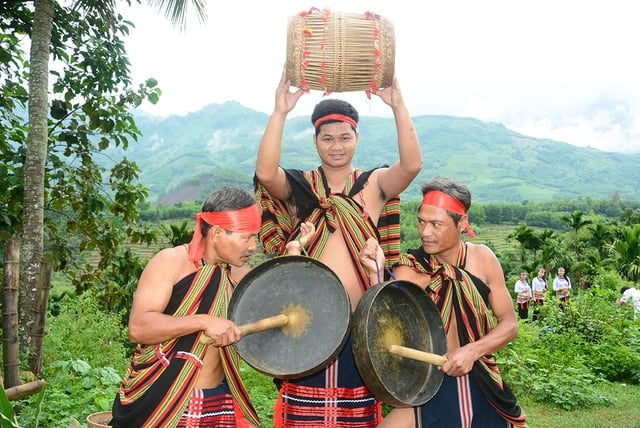
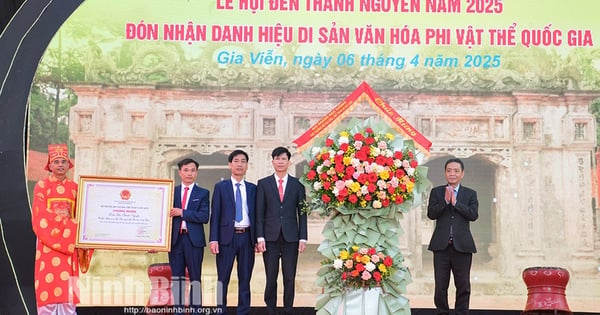

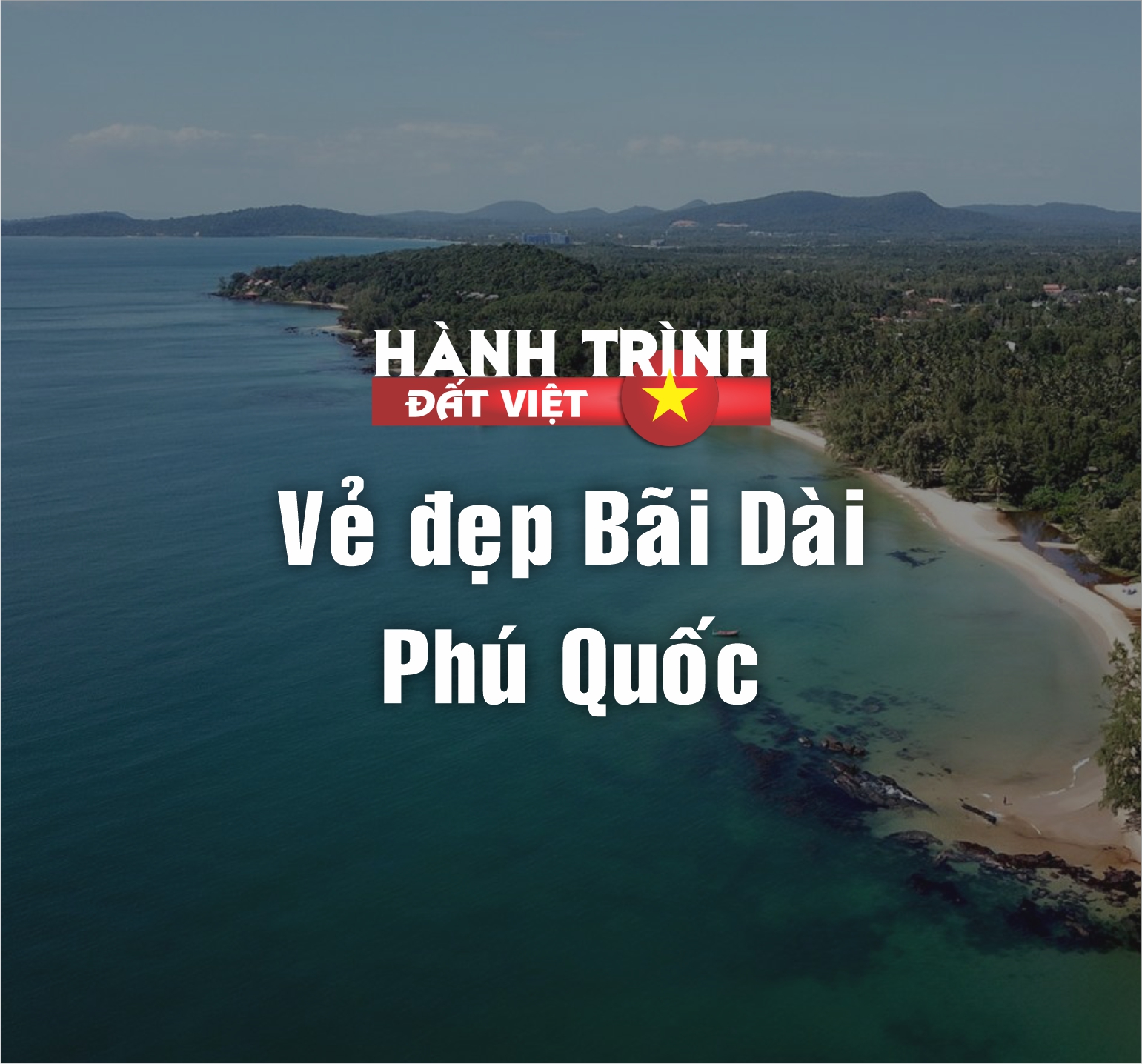



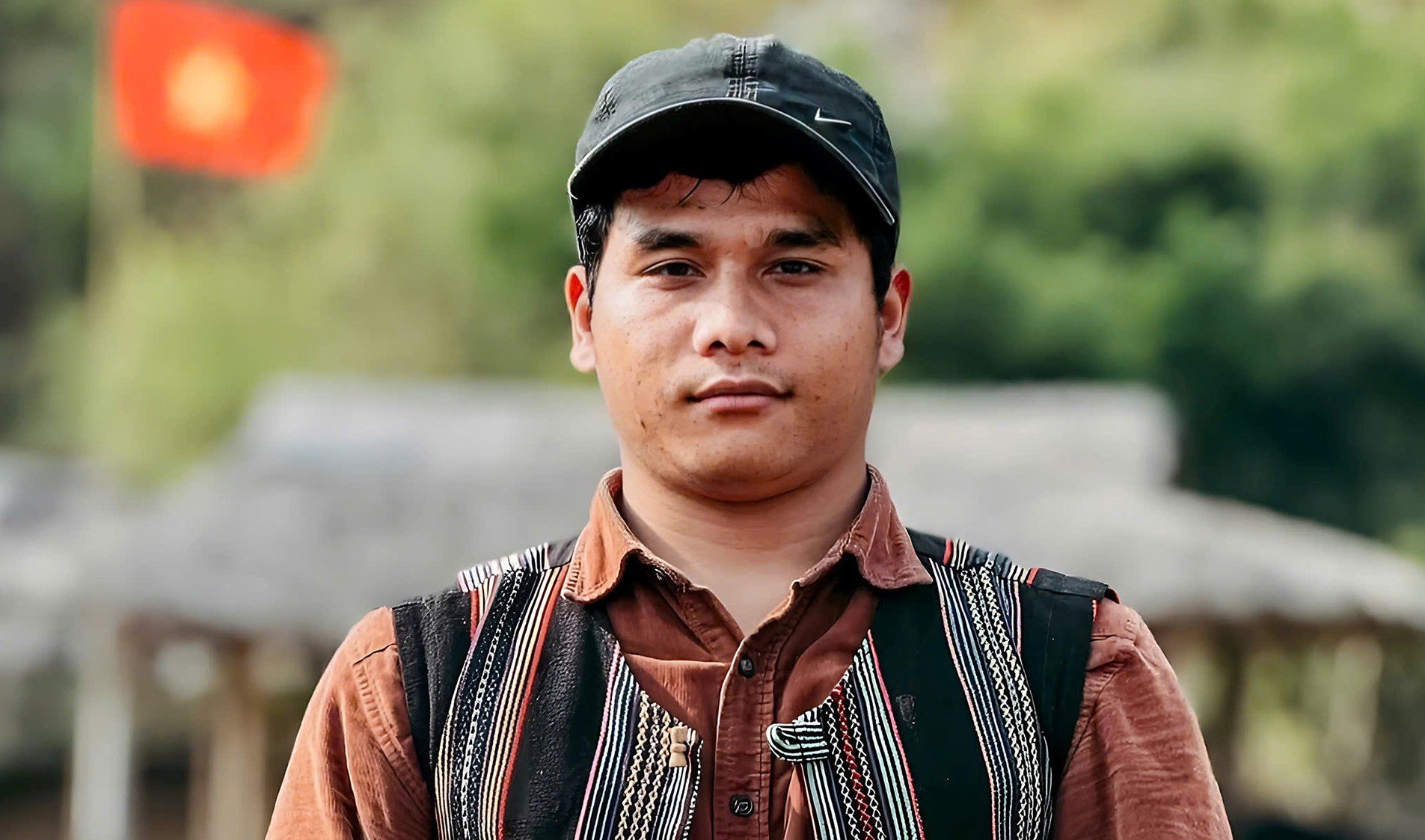

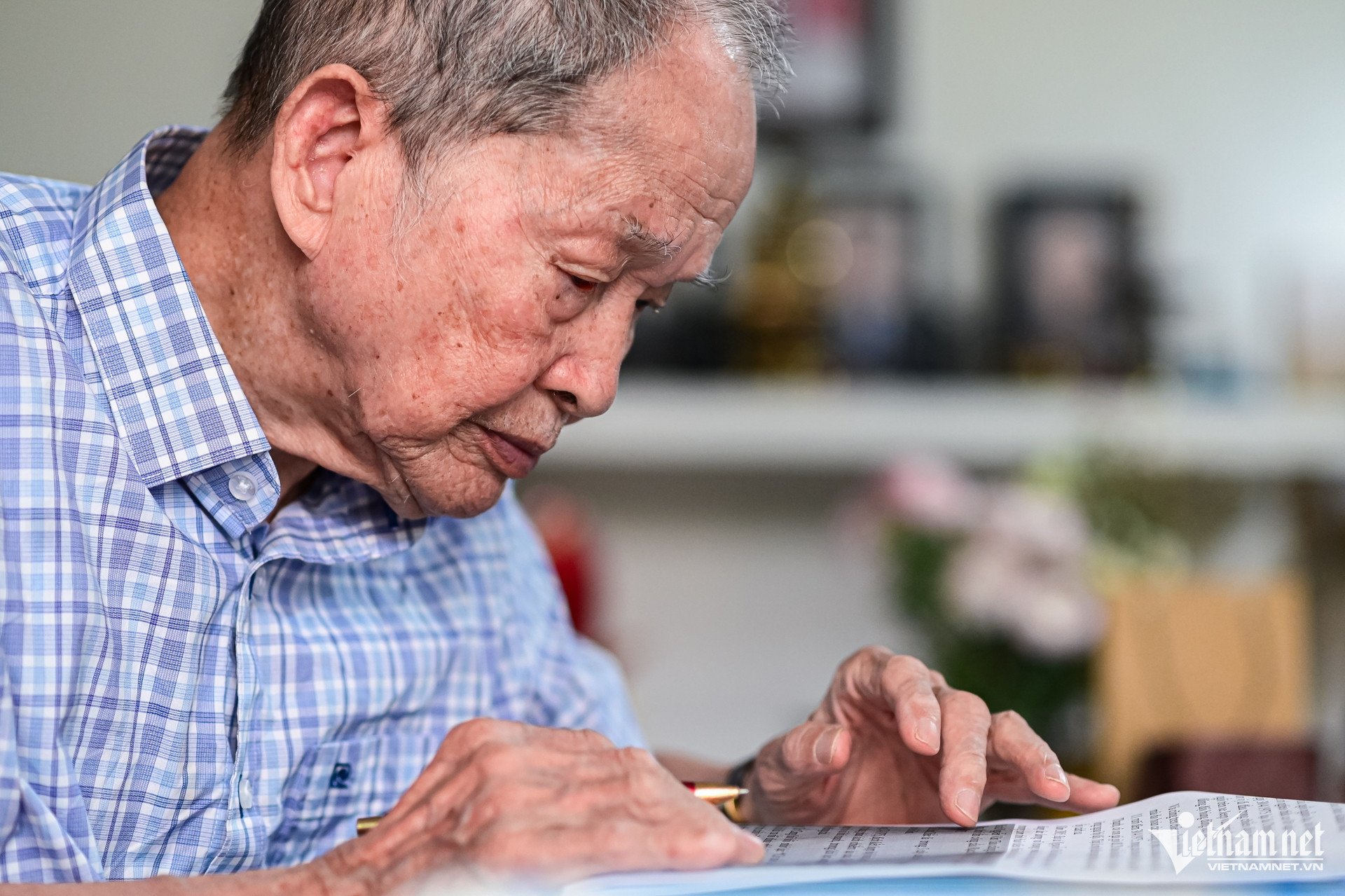




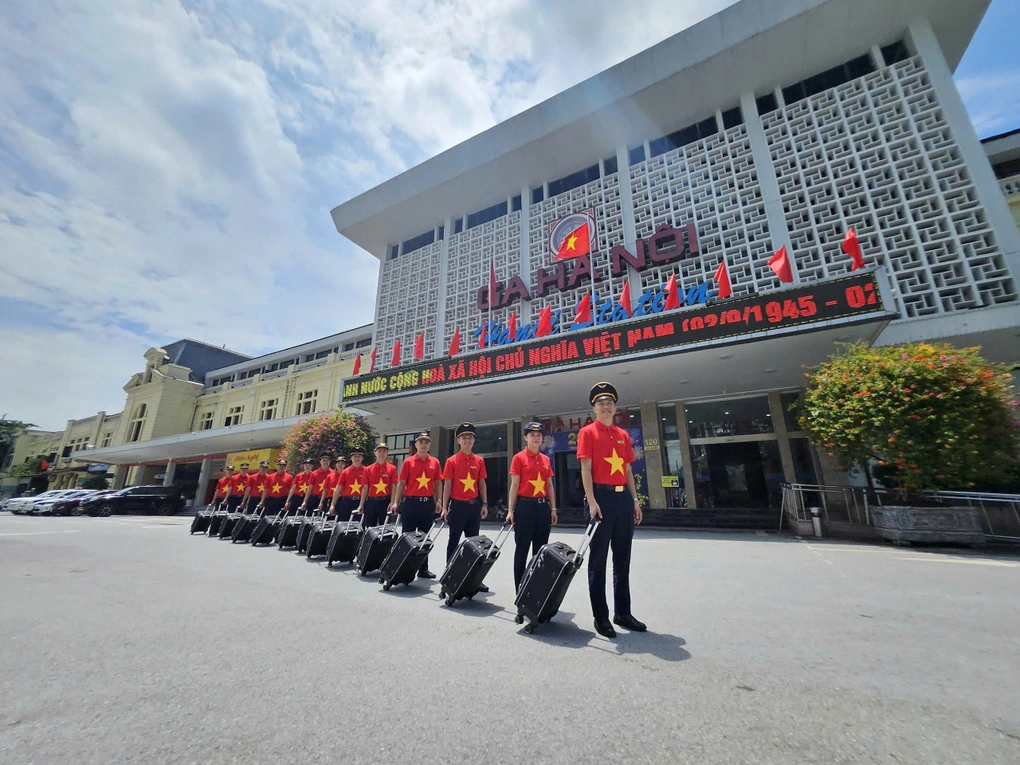











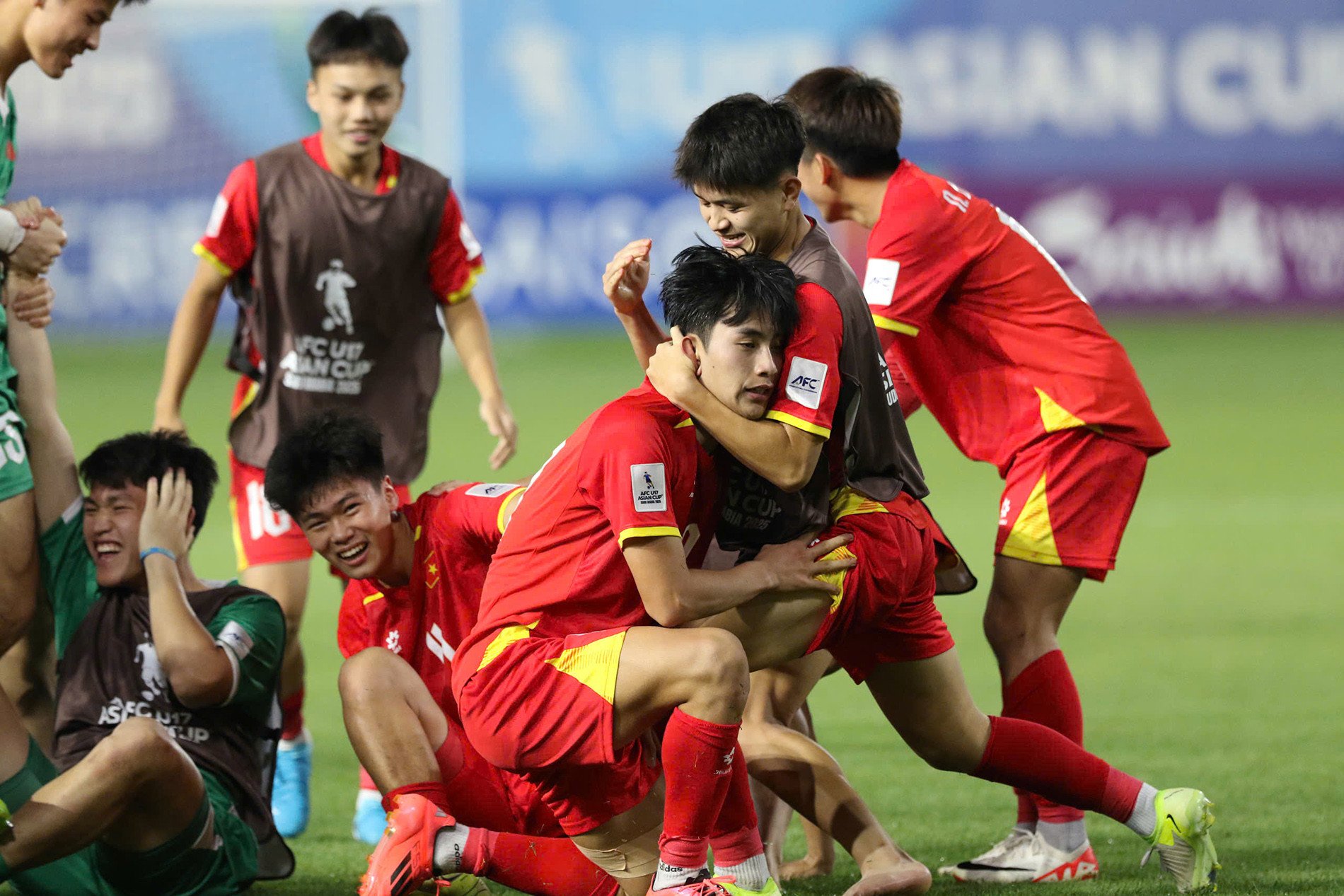








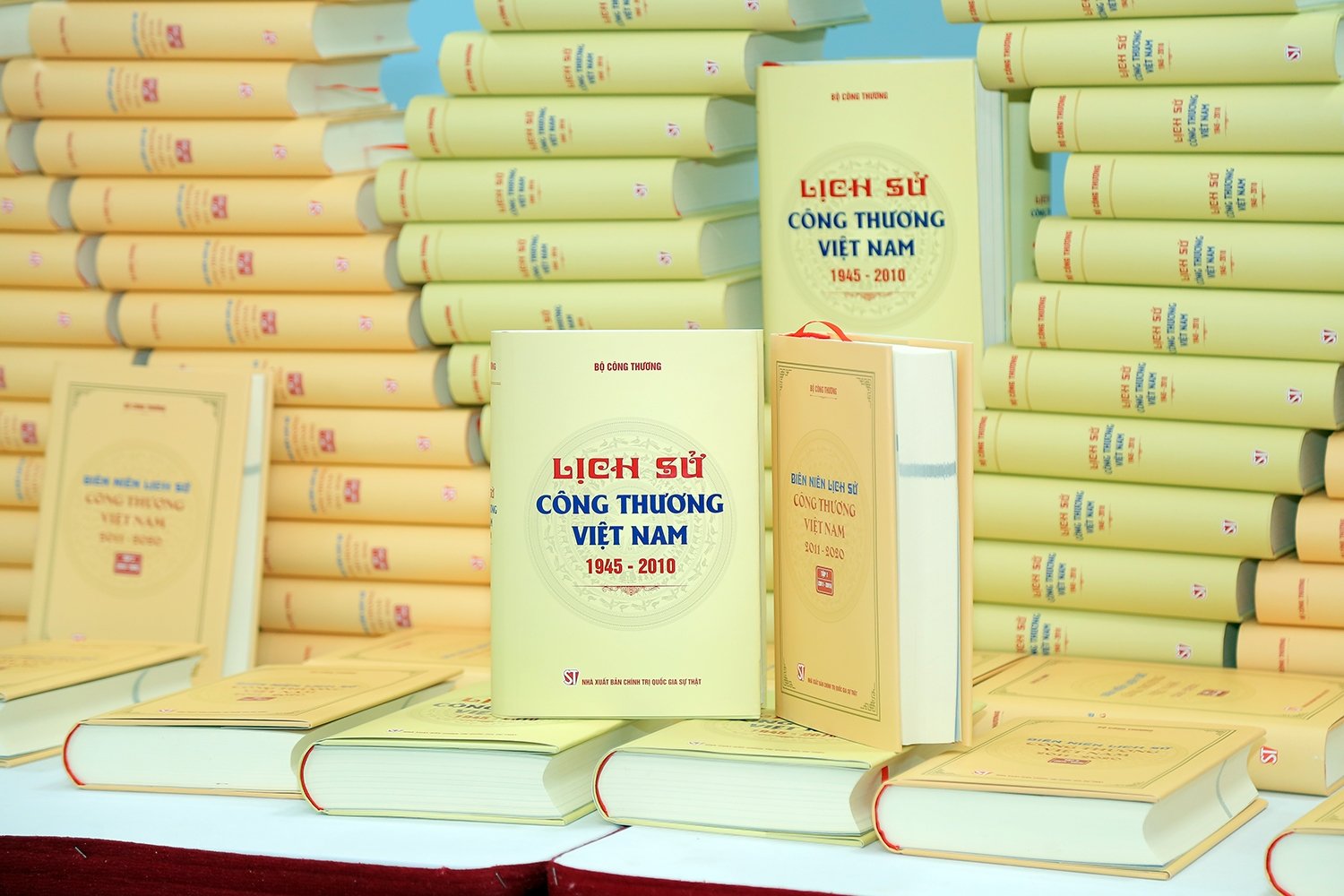
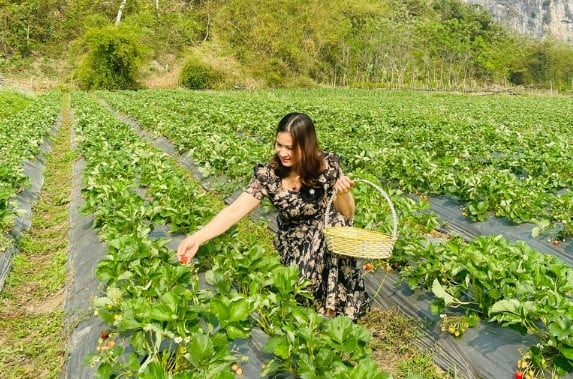



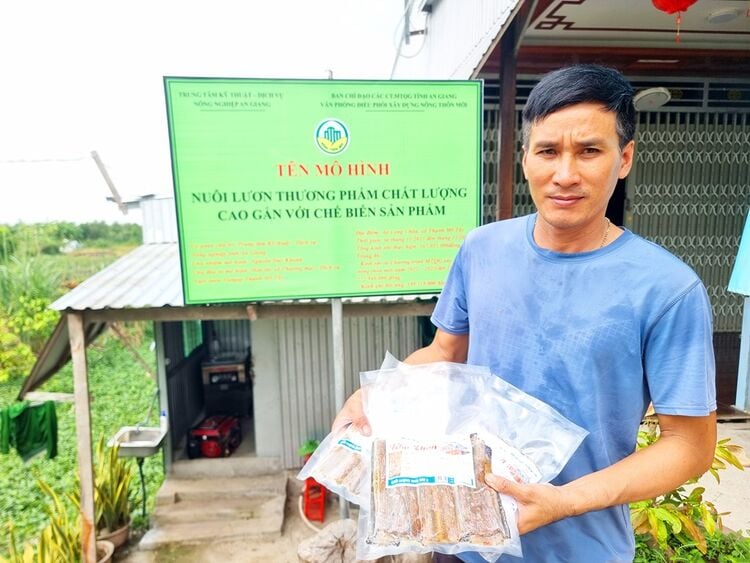
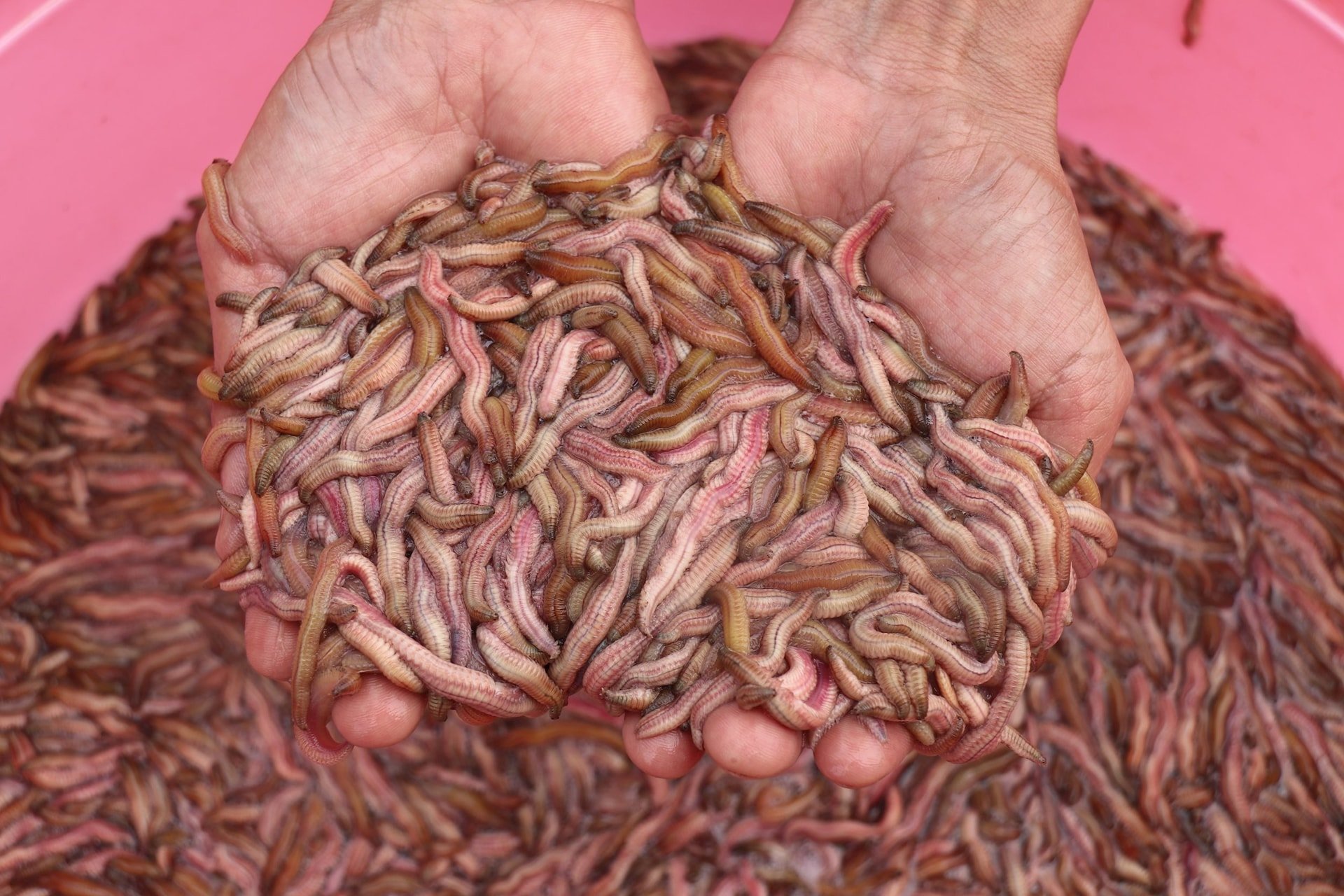


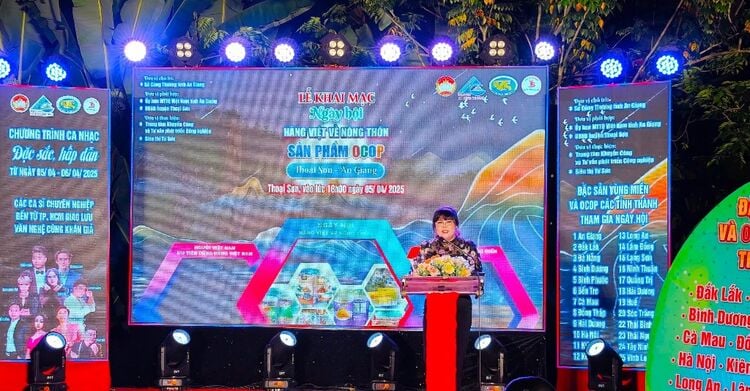

Comment (0)